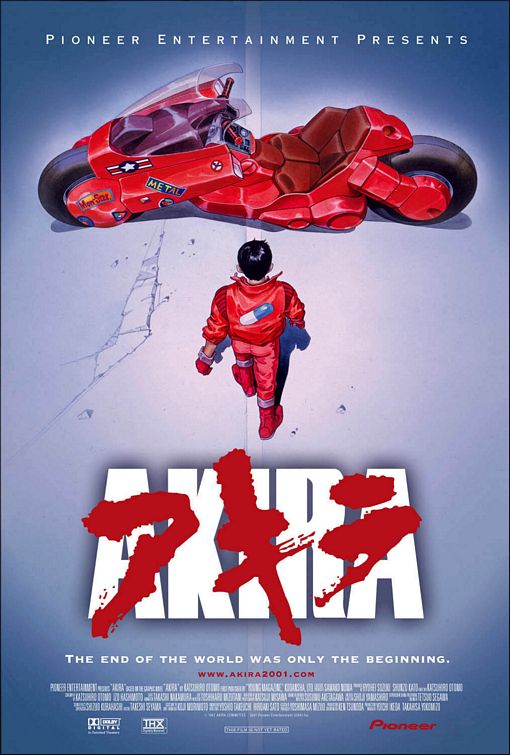Extremely Loud and Incredibly Close is a novel built around the eyes of a nine year old boy who concocts inventions in his mind that would improve everyday life and solves mysteries to quench his curious mind. The opening pages of the novel expose Oskar's thoughts (which I believe exceed the mind of a nine year old) as a stream of consciousness, having no sort of pattern or reason. He is weighed down by a secret he holds and feels all the burden and exasperation as a result of losing his father and his mentor. Interspersing the novel are letters from Oskar's grandfather to his son and Oskar's grandmother to Oskar. These letters again reveal the themes of suffering and pain as a result of loss.
Some questions we can consider as we read the novel:
- What are the advantages of telling the novel through the perspective of a nine year old?
- How do the aesthetics contribute to the themes of the novel?
- How do the letters Oskar's grandparents write help us understand the protagonist? Why include these letters?







